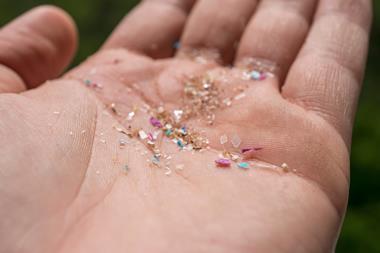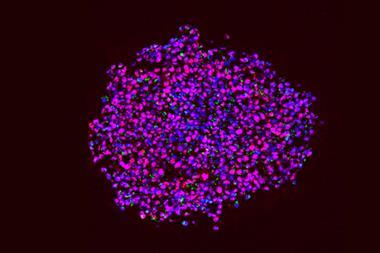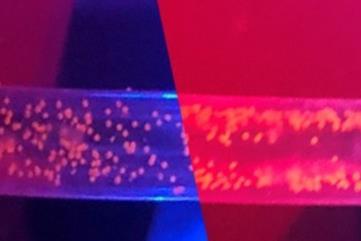Earlier this year, the -ome family of terms gained a new member. Researchers advocating for a more holistic approach to microplastic research proposed the term microplastome to signify ‘the entirety of various plastic particles (<5mm), and their associated matters such as chemicals and microbes, found within a sample, and its overall environmental and toxicological impacts’.1 It joins the genome, proteome, microbiome, transcriptome, exposome and other research domains that unpick complex biological systems by considering them as collective entities of molecules and interactions.
Big data is central to such concepts. But as our recent feature explains, detecting, measuring and characterising micro- and nanoplastics is challenging. Notably, nanoplastics’ tiny size limits their identification with optical microscopy and spectroscopic techniques, and their reactive surfaces can complicate analysis by adsorbing other pollutants. What’s more, transitioning from investigating pristine samples in simple matrices to real-life samples in complex matrices is never simple.
Speaking of real-life, research we covered yesterday involves the kind of plastic building bricks that many children – and adults – I know enjoy playing with. It showed that repeatedly assembling and disassembling these blocks, which are typically made from acrylonitrile butadiene styrene, generated thousands to hundreds of thousands of particles per mm2.
Without better understanding micro- and nanoplastics impact on ecosystems and human health it’s impossible to say quite how concerned we should be about such findings. That’s not to say that toxicity research isn’t being done; the body of knowledge is expanding at speed but for the community to establish its authority it needs to agree on terminology, standards, reference materials and best practices. Without internationally agreed definitions of what constitutes micro- and nanoplastic, for example, then it’s impossible to reproduce and compare data. Only then will it be taken as seriously as it should be.
What we are sure about is that micro- and nanoplastic pollution is abundant, persistent and complex. But studying one material, species or ecosystem at a time risks ignoring important interconnections. Now’s the time to adopt a systems-thinking approach and embrace the microplastome.
References
1 C Li et al, Environ. Sci. Tech., 2024, 58, 4060 (DOI: 10.1021/acs.est.3c08849)

















No comments yet